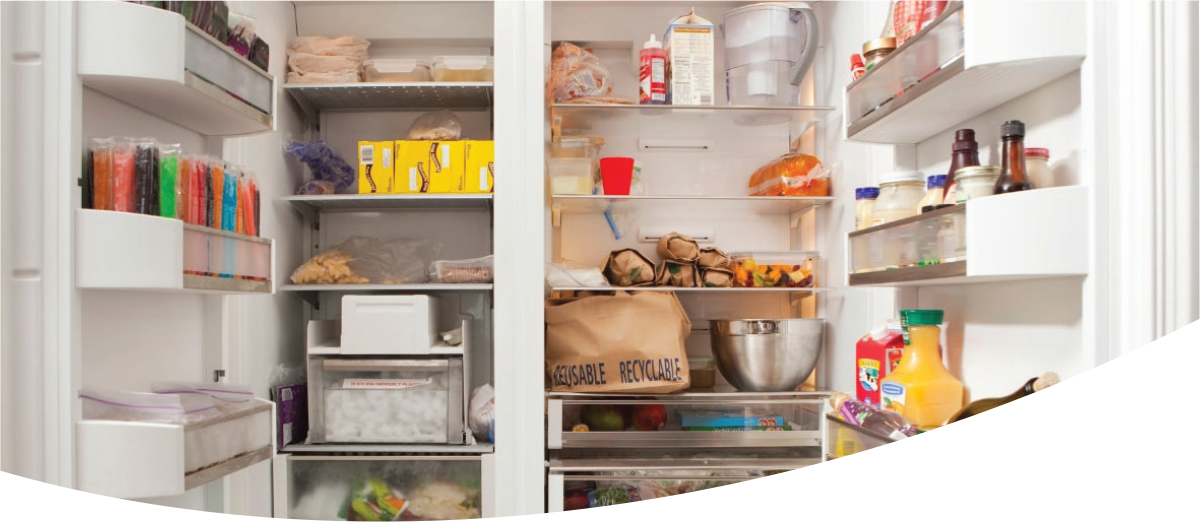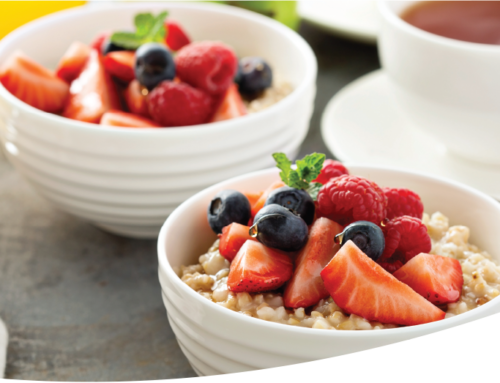Spring Cleaning Your Refrigerator and Pantry
Spring cleaning is an annual ritual for many people, a chance to freshen up their homes and make everything tidy and neat. It’s a good idea to make refrigerators and pantries part of this yearly event. It’s also a great time to recognize that a clean refrigerator and pantry are important parts of a healthy life: It’s a chance to make a positive change in eating habits by replacing processed and nutrient-empty foods with fresh, nutritious organic food.
Cleaning first: For the refrigerator, remove the food items and store them in coolers while you’re cleaning. Wipe down the outside of the fridge and vacuum around the coils to get rid of the dust balls that have built up. The unit will run more efficiently. Next, remove the shelves, bins, and baskets and wash them in warm, soapy water. No chemicals; never use cleaners with bleach or ammonia. Then wipe down the inside of the fridge, again, no chemicals, just soapy water. Make sure to get the door. Once everything is clean and dry, return the shelves, bins and baskets to the fridge and line drawers with paper towels for easy future clean-up.Place an open box of baking soda on a shelf to absorb odors and swap it out every few months.
Now the pantry. There, too, take everything out. Everything. For stubborn stains—in the fridge and pantry—put a little baking soda on a cleaning cloth (microfiber is good) and use some elbow grease to scrub them away. Clean out crumbs and wipe down the shelves thoroughly. Don’t miss the floor. Use a vacuum if necessary.
It’s time to think about which foods you’ll put back. There are some items you will not want to see again. Toss out all foods long past their expiration date, and give questionable items—including produce—the heave-ho. The old rule, “When in doubt, throw it out,” applies. If something smells funky, shows mold, has turned a weird color, or simply can’t be identified, pop it into the trash. Duplicates? Combine them or pitch the older one. Keeping some condiments? Wipe the inside and outside lid with a damp paper towel. Also, check nearly empty jars and bottles, especially those that have been hiding in back of the fridge or on a dark shelf in the pantry—will you really be using them anytime soon? If not, toss them away. In the pantry, give oils the sniff test—they can go rancid, so can foods that contain oil such as nuts or seeds. Put these items in the refrigerator for longer shelf life.
Now comes the hard part: consider getting rid of some or all of that junk food. You know which items may need to go: cookies, candy, ice cream, milk chocolate bars, potato chips and orange-dyed cheese puffs, for starters. While you’re at it, maybe toss some of your highly-processed foods including packaged mac ’n’ cheese, ramen noodles, and items loaded with sugar, high-fructose corn syrup, and artificial color and flavorings. Ditto those sweet, calorie-heavy snacks, high-sodium canned soups, microwave popcorn—you get the idea. There’s a method to this: out of sight, out of mind. Not that you can’t have a snack or dessert once in a while, but avoid stockpiling such foods in your kitchen.
Now the best part: when you’re replacing the items you tossed, make sure to restock with healthy organic products whenever you can. Take a look at the Inspired Organics array of healthy foods. You’ve made your kitchen nice and clean, maybe your diet should match.




